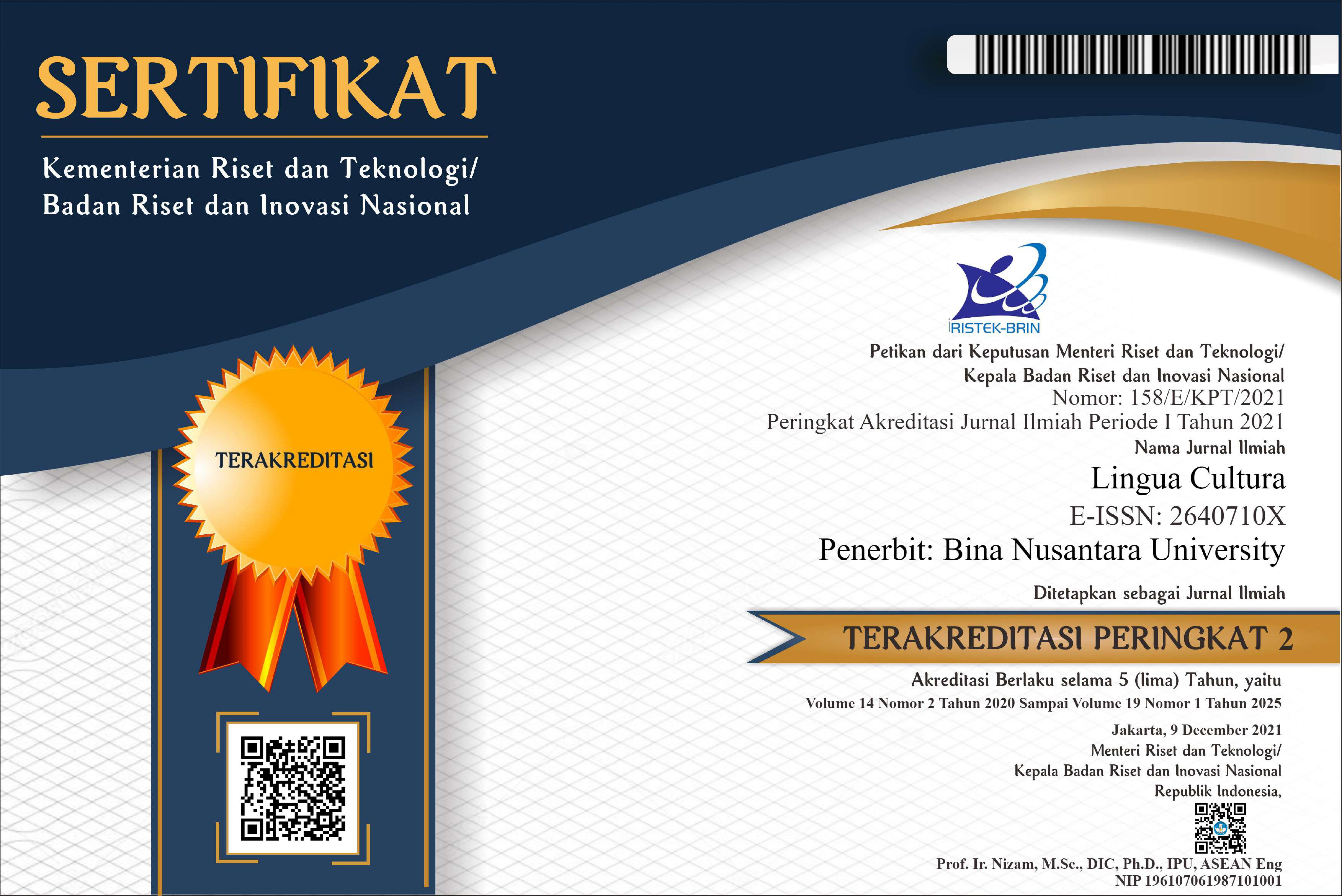A Discussion on A Code Sound Reading System: A Case Study of I Can Read Greenville Language Center
DOI:
https://doi.org/10.21512/lc.v8i2.450Keywords:
code sound, teaching style, reading skills, reading comprehensionAbstract
Article described the code sound reading system applied in I Can Read (ICR) Greenville language center. The research was done qualitatively through the observation of teaching and learning process in three different classes of ICR 1 level at the center. A pre-test and post-test for reading were taken from Book 2 of ICR 1. Participants were three classes with three different teachers having different working experiences. The results of the research were: (1) the use of code sounds in reading was useful to improve students’ reading skill which was shown by the increasing of correctly pronounced code sounds; (2) the students’ reading skill and reading comprehension had improved, regardless the teachers’ teaching style. In conclusion, a code sound reading system is successful in helping students to improve their reading skill and reading comprehension, regardless the teachers’ teaching style.Plum Analytics
References
Bald, J. (2007). Using Phonics to Teach Reading and Spelling. London: Paul Chapman.
Donat, J. D. (2003). Reading their Way: A Balance of Phonics and Whole Language. USA: Scarecrow Press.
Johnston, R. S., McGeown, S., & Watson, J. E. (2012). Long-term effects of synthetic versus analytic phonics teaching on the reading and spelling ability of 10 year old boys and girls. Reading and Writing, 25(6), 1365–1384.
Konza, D. (2011). Phonological awareness. Research into Practice, 1(1), 1–8.
Linse, C. T. (2005). Practical English Language Teaching: Young Learners. (D. Nunan, Ed.) New York: McGraw-Hill.
Lyon, A., & Moore, P. (2003). Sound Systems: Explicit, Systematic Phonics in Early Literacy Contexts. USA: Stenhouse.
Pritchard, A. (2009). Ways of Learning: Learning Theories and Learning Styles in the Classroom (2nd ed.). London: Routledge.
Downloads
Published
Issue
Section
License
Authors who publish with this journal agree to the following terms:
a. Authors retain copyright and grant the journal right of first publication with the work simultaneously licensed under a Creative Commons Attribution License - Share Alike that allows others to share the work with an acknowledgment of the work's authorship and initial publication in this journal.
b. Authors are able to enter into separate, additional contractual arrangements for the non-exclusive distribution of the journal's published version of the work (e.g., post it to an institutional repository or publish it in a book), with an acknowledgment of its initial publication in this journal.
c. Authors are permitted and encouraged to post their work online (e.g., in institutional repositories or on their website) prior to and during the submission process, as it can lead to productive exchanges, as well as earlier and greater citation of published work.
USER RIGHTS
All articles published Open Access will be immediately and permanently free for everyone to read and download. We are continuously working with our author communities to select the best choice of license options, currently being defined for this journal as follows: Creative Commons Attribution-Share Alike (CC BY-SA)

















